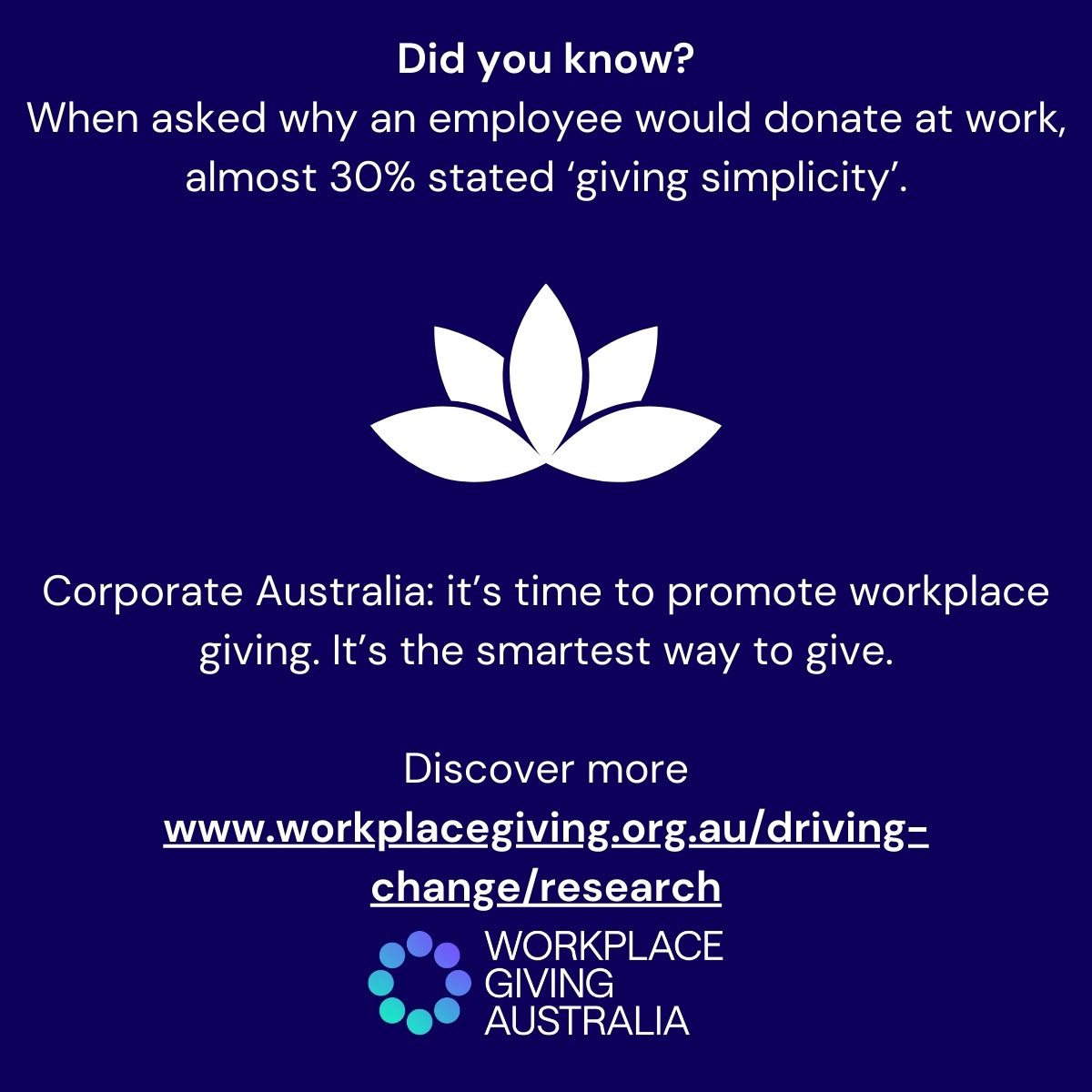Charitable giving by Britain’s largest listed companies over the past ten years has not kept pace...

From The Desk Of The CEO | Foundations

For consideration: Corporate Foundations – the good, the bad, and the ugly
Foundations, both private and public are becoming more commonplace. Between 2011 and 2021, the accumulated pool of assets held by foundations increased from $4.6 billion to $16.4 billion. Typically, corporate foundations are public ancillary funds and are required to distribute the greater of $8,800 or 4% of net assets each year. Public ancillary funds in 2021 held around $4.8 billion in assets.
Corporate Foundations are established for a variety of motivations, including the desire to enhance public attitudes towards the organisation and to enhance stakeholder reputation. There is also a view that they can remove principal agency issues, although this may simply be a relocation of the issue.
Corporate Foundations are established for a variety of motivations, including the desire to enhance public attitudes towards the organisation and to enhance stakeholder reputation. There is also a view that they can remove principal agency issues, although this may simply be a relocation of the issue.
Corporate Foundations can be valuable vehicles for supporting workplace giving. Done well, they provide a mechanism for pooling funds from both the workforce and the employer, and for channelling these to causes that align to the desires of all. They also provide confidence in the staff and the community that they are driven by the individual passions and not by the objectives of the corporate management.
In the positive cases, both the corporate and the employees are able to donate to the foundation and achieve the tax deductibility desired. Both can then participate in selecting and partnering with charities to receive support and be provided with opportunities to engage more fully with them, including through volunteering, while being kept informed of the outcomes. The cost of administering the foundation is met separately by the corporate, the money received is dealt with promptly so that it gets to the intended cause areas and the workforce feels appreciated, involved and engaged*.
At the other extreme, corporate foundations can be used as tax effective vehicles for parking funds that would be better used for the causes in the community. With the current regime requiring only 5% of the value of the fund in the prior year to be distributed to charities (and with the administration costs being paid from the amount), the corporate can still boast of its charitable largess, while making limited impact in reality. Employees are excluded (often implicitly), or perhaps ‘permitted’ to donate through them but with no say on where the money goes (if it goes at all). There is no engagement created at best, with negative sentiment a likely outcome.
Further reading into Foundations:
Kanebridge News: Only 5% of US Foundations Invest for Impact, Study Finds March 2024
Australian Communities Foundation submission to Productivity Commission May 2023
Kanebridge News: Only 5% of US Foundations Invest for Impact, Study Finds March 2024
Australian Communities Foundation submission to Productivity Commission May 2023
*It is noted that the creation of a corpus is not inherently self-serving as it does enable the foundation to become more sustainable in the long term. Hence, for example, if the corporation was to decide to no longer fund the foundation with any ongoing contributions, the corpus would ensure it could continue to operate to the benefit of the community.





